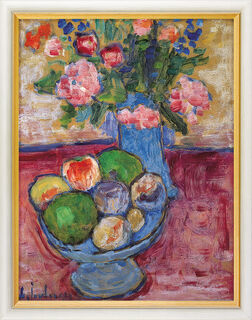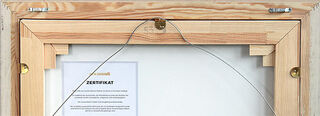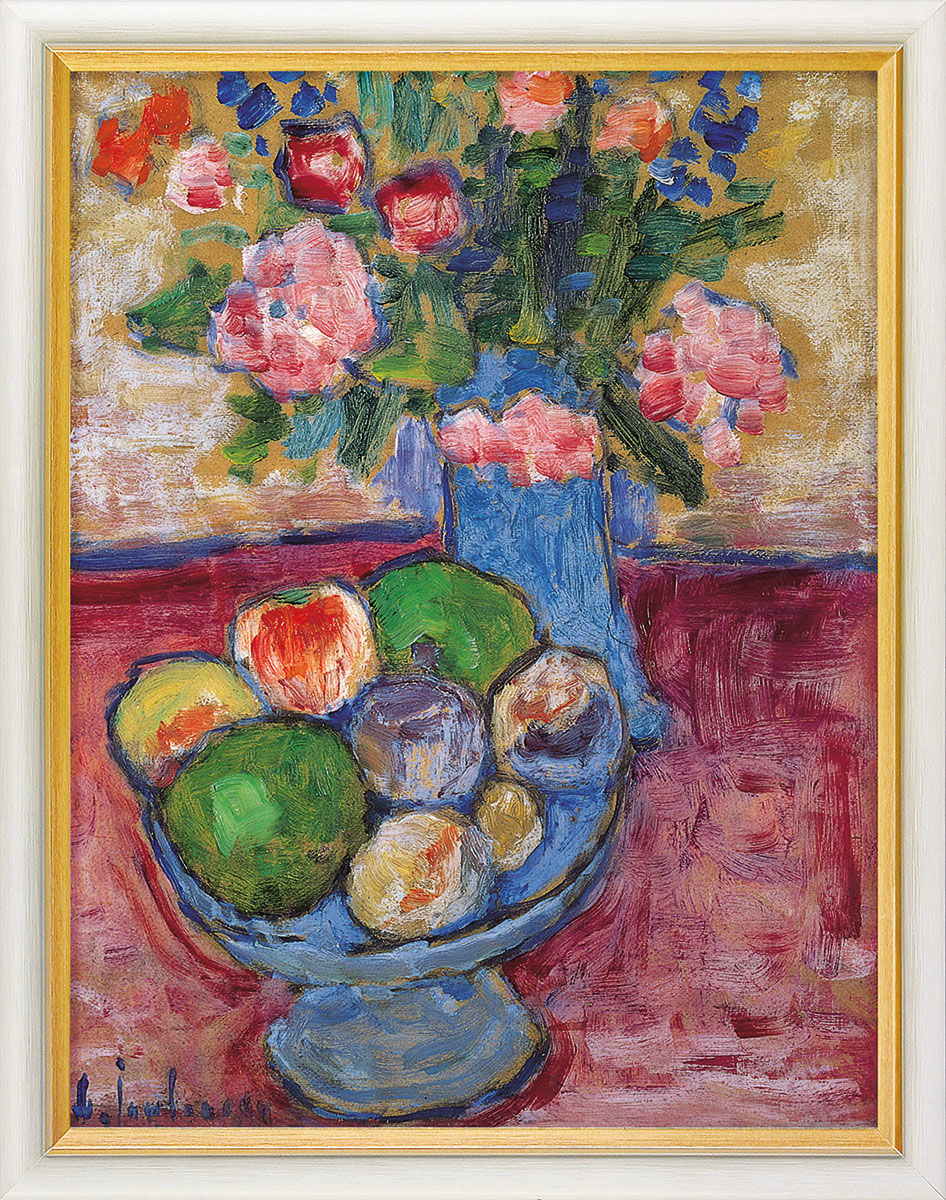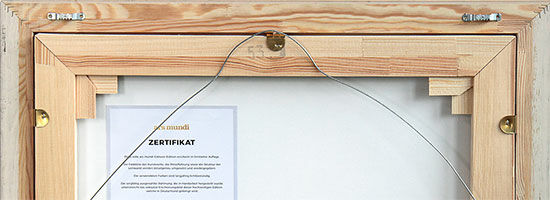Picture "The Blue Vase", framed


Picture "The Blue Vase", framed
Quick info
ars mundi Exclusive Edition | limited, 499 copies | reproduction, Giclée print on canvas | on stretcher frame | framed | size 78 x 64 cm (h/w)
Detailed description
Picture "The Blue Vase", framed
Still lifes have always been an important subject in art history, presenting the fundamental artistic thinking of the respective painter. That remained the case in the late 19th and early 20th centuries. But it was no longer about the artfully detailed representation of reality but about a presentation of the painterly approach itself. Jawlensky expressed it in 1905: "My friends, the apples, which I love because of their lovely red, yellow, purple and green dresses, are for me, on this or that background, no longer apples."
High-quality reproduction using the Fine Art Giclée process, hand-pulled on canvas and stretched on a stretcher frame. With visible linen structure. Framed in a white handmade solid wood museum frame with gold edge, grey patinated. Limited edition of 499 copies. Size 78 x 64 cm (h/w). Exclusively at ars mundi.
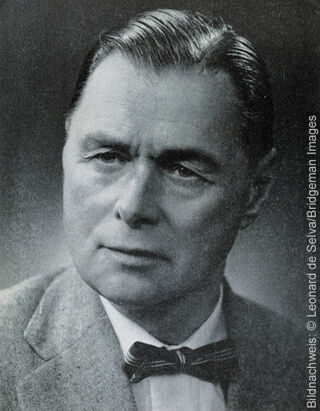
About Alexej von Jawlensky
1864-1941, German-Russian painter
It was not until 1889 that the former Russian Imperial Guard Alexej von Jawlensky in the Tsarist army began his artistic training. In 1896, he moved to Munich to attend a private art school where he met Wassily Kandinsky. In Murnau Jawlensky first worked together with Kandinsky and Gabriele Münter. And together they founded the Artist's Association "Neue Künstlervereinigung München". In addition, Jawlensky was a key member of the "Blauer Reiter" movement. He later co-founded the group "The Blue Four" with Klee, Kandinsky and Feininger.
Expelled from Germany as a Russian citizen in 1914, during the beginning of World War l, the artist settled in Switzerland and later in Wiesbaden, Germany. During this time he created his famous abstract heads. Jawlensky died of a serious illness in 1941.
"My art is meditation or prayer in colours", Jawlensky once said, and indeed his work is characterised by great religiousness. This is particularly noticeable in the series of works of the Saviour’s faces and the abstract heads, which Jawlensky summarises in his memoirs as "saints' heads". The influence of orthodox iconography is unmistakable, and they were already understood as a modern version of the icon by contemporary artist colleagues. The human face in many variations – mostly in strong, even bright colours – had already been a focus of his work before. With the saints' heads, he became more restrained in colour and reduced the subject of the portrait to the face itself. They seem de-individualised without losing expressiveness. A progressive abstraction, lead to an iconic form, which in the sequence seem like a search for an unattainable divine archetype.
Influenced by Fauvism, Alexej von Jawlensky painted with bright colours, fierce brushwork and dark outlines. His works are among the most sought-after works of classical modernism and can be found in the world's great museums.
Graphic or sculpture edition that was initiated by ars mundi and is available only at ars mundi or at distribution partners licensed by ars mundi.
Artistic movement that replaced Impressionism in the early 20th century.
Expressionism is the German form of the art revolution in painting, graphic art and sculpture, which found its precursor in the works of Paul Cézanne, Vincent van Gogh and Paul Gauguin in the late 19th century. The Expressionists attempted to advance to the primal elements of painting. With vibrant, unbroken colours in large areas and with the emphasis on the line and the resulting targeted suggestive expressiveness, they fought against the artistic taste established by the bourgeoisie.
The most important representatives of Expressionism were the founders of "Die Brücke" (The Bridge): Ernst Ludwig Kirchner, Erich Heckel, Karl Schmidt-Rottluff, Max Pechstein, Otto Mueller and Franz Marc, August Macke and others.
Masters of Viennese Expressionism are Egon Schiele and Oskar Kokoschka. Among the sculptors, Ernst Barlach is the most famous.
Fauvism is the French form of Expressionism.
Giclée = derived from the French verb gicler "to squirt, spurt".
The giclée method is a digital printing process. It is a high-resolution, large-format printout on an inkjet printer with special different-coloured dye- or pigment-based inks (usually six to twelve). The colours are fade-proof, i.e. resistant to harmful UV light. They have a high richness of nuance, contrast and saturation.
The giclée process is suitable for art canvases, handmade and watercolour paper as well as for silk.

